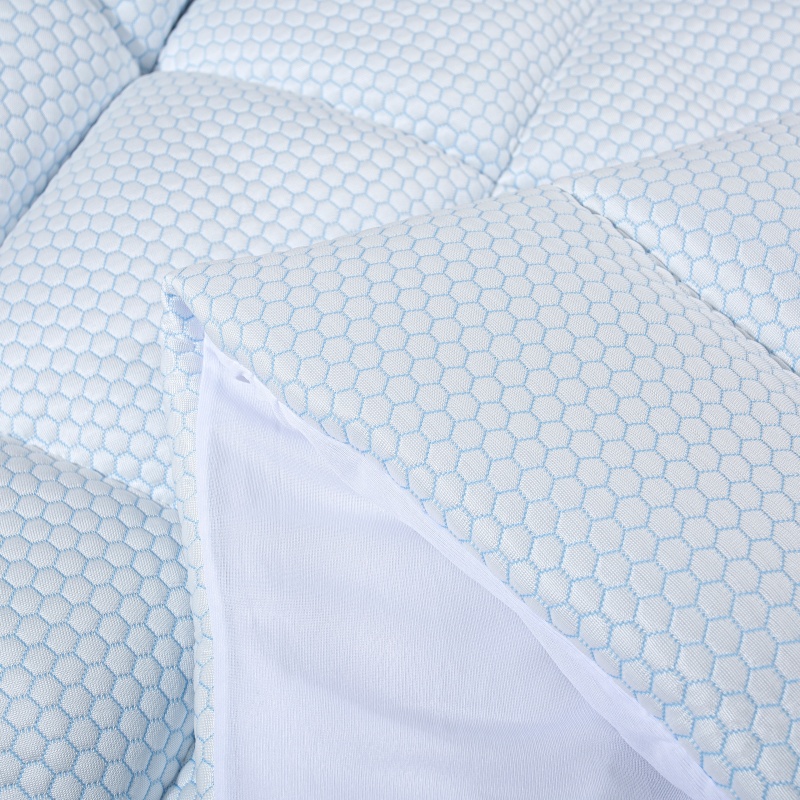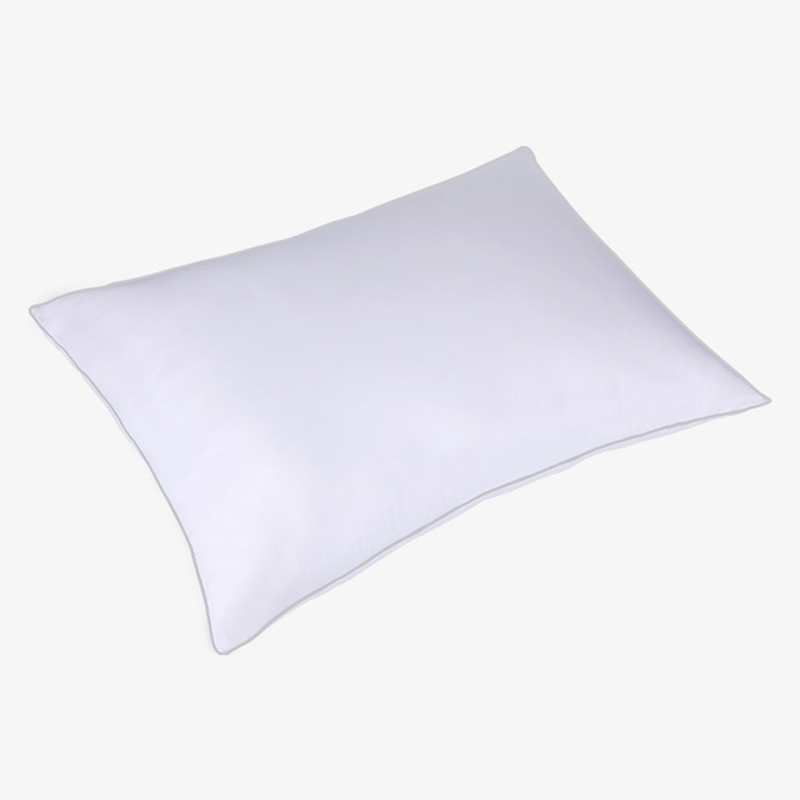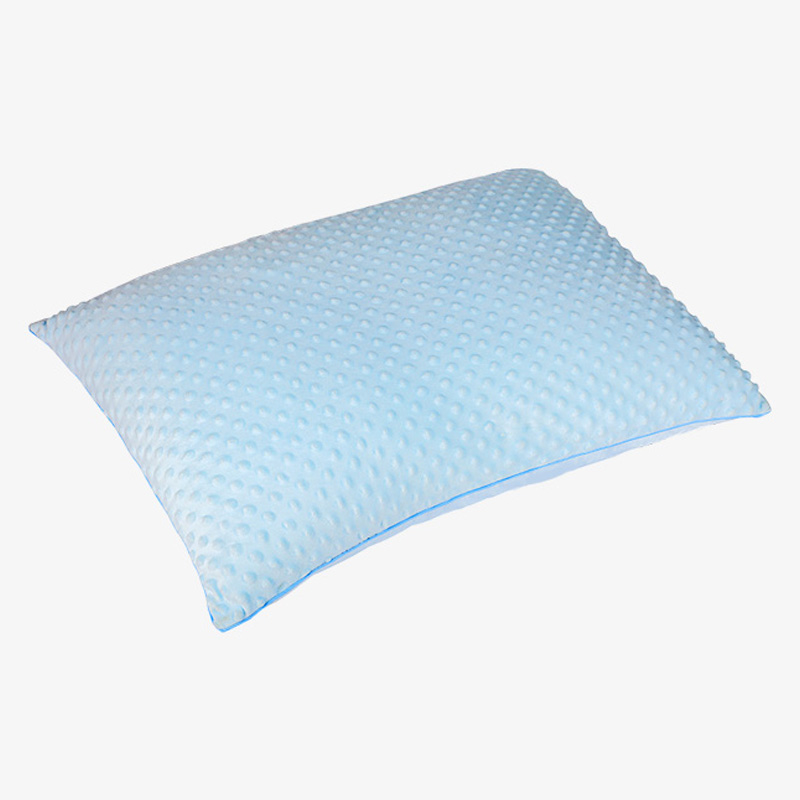In the pursuit of quality sleep, the choice of bedding is crucial. Memory Foam Mattress Topper has entered the public eye with its unique slow rebound characteristic and has become a popular choice for improving the sleep experience. To deeply understand its impact on the sleep experience, we first need to analyze the principle of its slow rebound characteristic.
The slow rebound characteristic of the memory foam mattress cover comes from its special material and molecular structure. When the molecular chain of this material is subjected to external force, it can slowly deform and displace, and will not react as quickly as ordinary mattress materials. When a person lies on a memory foam mattress cover, the weight of the body exerts pressure, and the mattress cover will not rebound immediately, but will fit the curve of the human body in a gradual way over time. This slow deformation process allows the mattress cover to accurately match each person's unique body contour, from the head, shoulders to the waist, hips and legs, to get just the right support.
From the perspective of sleeping posture, the slow rebound characteristic has a significant impact on people with different sleeping postures. For people who are used to lying on their backs, the human spine should ideally maintain a natural physiological curve. The slow rebound characteristics of the memory foam mattress cover slowly sag when it contacts the head, shoulders and buttocks, evenly distributing the weight of the body to the entire contact area. This uniform pressure dispersion allows the spine to maintain its natural physiological curve, avoiding spinal twisting and muscle tension caused by insufficient mattress support or uneven pressure, thereby effectively relieving fatigue in the waist and other parts, allowing people to maintain a comfortable state and get a deep sleep even when lying on their backs.
Side-lying is a sleeping position preferred by many people, but this position easily puts greater pressure on the shoulders and buttocks, and maintaining it for a long time may cause soreness in these parts. The slow rebound characteristics of the memory foam mattress cover play an important role in this. When lying on your side, the shoulders and buttocks first contact and exert pressure on the mattress cover. The mattress cover will not rebound immediately, but slowly adapt to the shape and pressure of these two parts, and evenly distribute the pressure originally concentrated on the shoulders and buttocks to the contact surface between the side of the body and the mattress cover. In this way, the local pressure on the shoulders and hips is greatly reduced, reducing the generation of soreness. At the same time, it also provides good lateral support for the spine, maintains the natural alignment of the spine, avoids spinal problems caused by improper side-lying posture, and makes sleep more stable and comfortable.

For people who are accustomed to lying on their stomachs, although this sleeping posture is not recommended, the slow rebound characteristics of the memory foam mattress cover can also reduce the adverse effects on the body to a certain extent. When lying on your stomach, the chest and abdomen of the human body will be under great pressure, affecting breathing and blood circulation. The slow deformation process of the memory foam mattress cover can provide a certain buffer for the chest and abdomen, disperse some pressure, reduce the pressure on the chest and abdominal organs, make breathing smoother, and blood circulation more fluent, thereby improving the discomfort of sleeping on your stomach to a certain extent.
In addition to sleeping posture, the slow rebound characteristics of the memory foam mattress cover can also bring unique effects to the sleeping experience in different seasons. In cold seasons, ordinary mattress materials will make people feel cold, while the memory foam mattress cover will gradually soften due to the heat emitted by the human body after contact with the human body, and the slow rebound effect will be more obvious. It can fit the body more closely, forming a warm wrapping space, reducing heat loss, and making people feel warm and comfortable even on cold nights. In hot seasons, although the memory foam mattress cover may become relatively soft due to the increase in temperature, it can still maintain good slow rebound characteristics and continue to provide stable support for the body. At the same time, the breathability of its material also helps air circulation, reducing the feeling of stuffiness, so that people can have a good sleeping experience in hot weather.
From the perspective of long-term use, the slow rebound characteristics of the memory foam mattress cover are stable. As the use time increases, it will not have problems such as weakened elasticity and severe deformation like some ordinary mattress covers. It can always maintain the characteristics of slow rebound and continue to provide uniform pressure dispersion and comfortable support for the human body. Even after long-term use, when the human body leaves the mattress cover, it can still slowly and accurately return to its original state, continue to maintain good performance, and provide a high-quality experience for every sleep.
The combination of memory foam mattress covers with different types of mattresses also produces different effects due to the slow rebound characteristics. When paired with a harder mattress, the slow rebound characteristics of the memory foam mattress cover can effectively improve the overly stiff support of a hard mattress. When the human body lies on it, the slow deformation process of the mattress cover provides a soft cushion for the body, allowing the originally hard mattress to fit the human body curve more closely, while maintaining sufficient support and increasing comfort. When paired with a softer mattress, the slow rebound characteristics of the memory foam mattress cover can play a certain supporting and strengthening role. It will not let the body sink excessively, but through slow rebound and support, it provides the body with a stable sleeping environment, avoiding spinal deformation and physical fatigue caused by too soft mattresses.
In real life, people of different ages have different needs for sleep, and the slow rebound characteristics of the memory foam mattress cover can also meet diverse needs. For the elderly, as they age, the joints and muscles of the body become more fragile, and they require higher comfort and support for the mattress. The slow rebound characteristics of the memory foam mattress cover can slowly fit the body when the elderly lie down, reduce the pressure on the joints and bones, effectively relieve joint pain, provide a comfortable sleeping environment for the elderly, and help them get a better rest. For children and adolescents, who are in a critical period of physical development, good sleeping posture and mattress support are essential for spinal development. The slow and precise fit of memory foam mattress covers can provide stable support for the spine of children and adolescents, help them maintain the correct body posture during sleep, and promote the healthy development of the spine.
However, the slow rebound characteristics of memory foam mattress covers are not perfect. In some cases, its slow rebound may make some people feel restricted in their movements. For example, when turning over or getting up, the mattress cover cannot recover its shape as quickly as ordinary mattresses, and it may take some time to wait for it to rebound, which may cause certain inconvenience for people who are used to getting up quickly or turning over frequently. In addition, although memory foam mattress covers are breathable to a certain extent, compared with some specially designed breathable materials, their breathability may be slightly insufficient in hot and humid environments, resulting in a stuffy feeling when sleeping.
In summary, the slow rebound characteristics of memory foam mattress covers profoundly affect the sleeping experience in many aspects. It can provide unique comfort and support according to different sleeping postures, seasonal changes, mattress types, and population needs. Despite some limitations, it is undeniable that for those who pursue a high-quality sleep experience, especially those who want good body support and pressure dispersion, the slow rebound characteristics of the memory foam mattress cover far outweigh its disadvantages and is a powerful choice for improving sleep quality.


 En
En  Français
Français Deutsch
Deutsch عربى
عربى








 +86-18268324012
+86-18268324012 +86-573-88798908
+86-573-88798908 Iris@zjmkn.com
Iris@zjmkn.com 233 Huashi East Road, Wuzhen Town, Tongxiang City, Jiaxing, Zhejiang Province, China
233 Huashi East Road, Wuzhen Town, Tongxiang City, Jiaxing, Zhejiang Province, China
